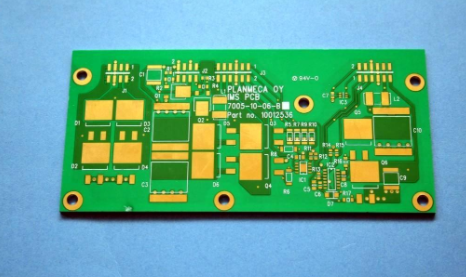Circuit board factories are production-oriented manufacturers, and product quality issues have always been the focus of attention of manufacturers. The following editor wants to share with you the little knowledge of circuit board factories to remove slag.

The circuit board factory tells you the little knowledge of micro-slicing making glue residue
Because the Tg of FR-4 epoxy resin is about 130 degrees Celsius, and the temperature generated by the strong friction between the drill needle and the plate during drilling is very high, and because glass fiber resin and tungsten carbide (Tungsten Carbide) are both poor conductors, The accumulated heat often causes the instantaneous temperature of the hole wall to reach more than 200 degrees Celsius, which inevitably makes part of the resin soften and become glue. With the rotation of the drill pin, the hole wall is covered, and the side copper surface of each inner hole ring It is also not immune to it. After cooling, it turns into smear, which forms the obstacle of the "Interconnection" between the ring and the copper wall. This is well-known in the industry, and it is caused by Smear. In the eyes of major circuit board manufacturers, the "Separation" cannot contain sand. Quality is the last word. Of course, circuit board manufacturers will pay attention to these problems. Desmear is to ensure quality.
The circuit board factory tells you the little knowledge of micro-slicing making glue residue
The slag removal process has been valued by circuit board manufacturers for decades, and domestic manufacturers have a lot of mass production experience in this area. However, taking the motherboard as an example, an average of 5,000 holes are drilled for each chip, and it is inevitable that there will be occasional errors during the connection processing of the wet process of the large row of PCB boards. Wet or chemical oxidation method is used to remove the scum on the hole wall. From the early concentrated sulfuric acid method and dichromic acid method to the current "bulking + potassium permanganate" method, it can be said that various formulas have been exerted to the extreme After many years of training, the current analysis and control technology has also found a direction, that is, to closely monitor the bath liquid, and immediately replace the bath liquid to ensure the due yield before it is about to fail. In this way, there are not many real glue residue failures, and our circuit board manufacturers can also rest assured.